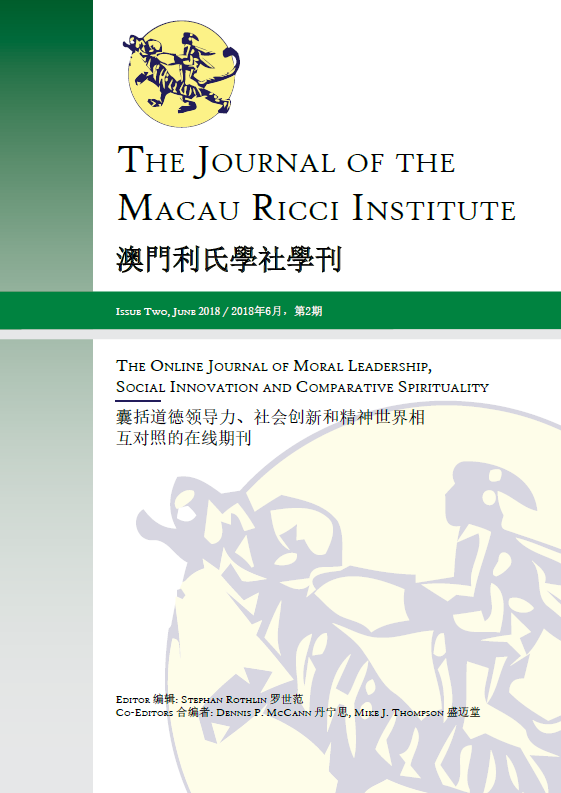Art, Culture, and Resonance in the Jesuit Mission in China
Abstract
The beginning of the Modern era (ca. 1400) was marked by two great shifts: the start of the global age of empire building, and of large-scale population movements around the world.
As more people travelled for longer distances, art and culture increasingly moved with them. This began an accelerated process of inter- and intracultural exchange. European art and culture, which formerly had been a part of territories and landscapes exclusive to Europe, now ‘territorialized’ parts of non-European lands from the sixteenth century onward. The Jesuit missions in Asia not only brought Western architecture, music, poetry, and painting (and the integral aesthetic that went along with these modes) but also established an enduring resonance of these things.
This paper explores resonance as an example of how East and West have always found meeting points in the arts, even when other media and discourses proved not to be compatible.
Downloads
Published
Issue
Section
License
Copyright (c) 2023 David Francis Urrows

This work is licensed under a Creative Commons Attribution-NonCommercial-NoDerivatives 4.0 International License.


